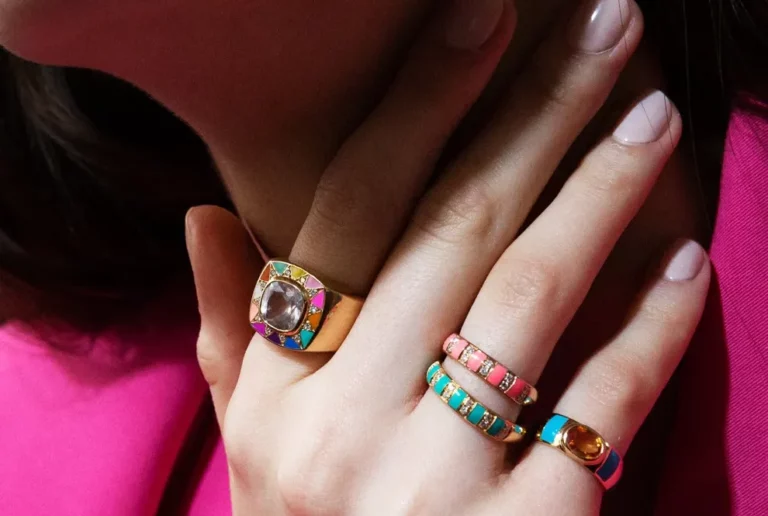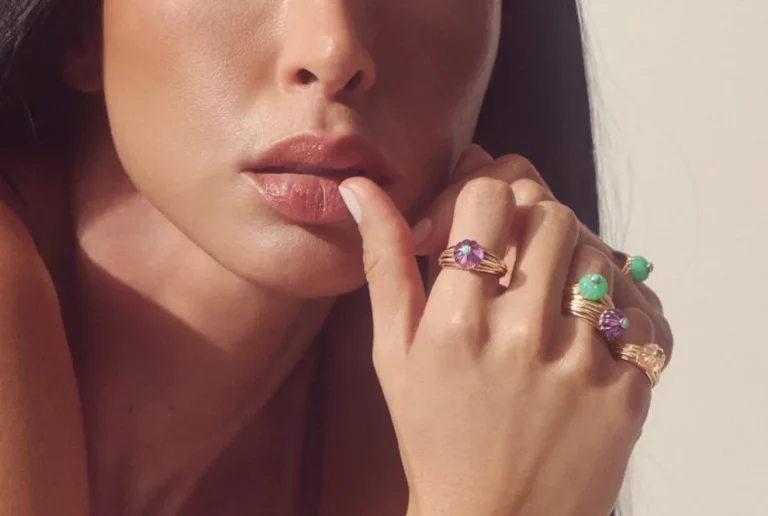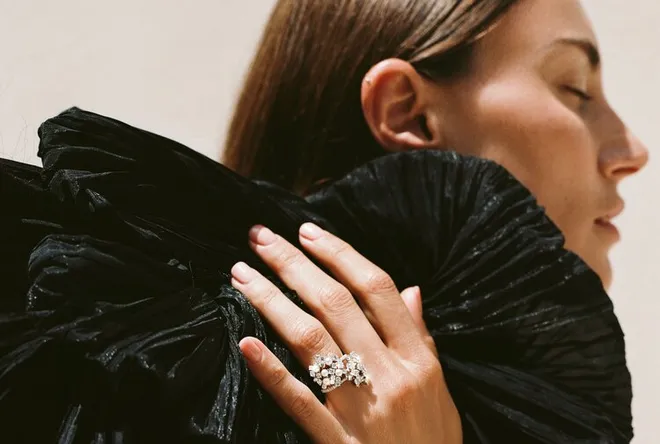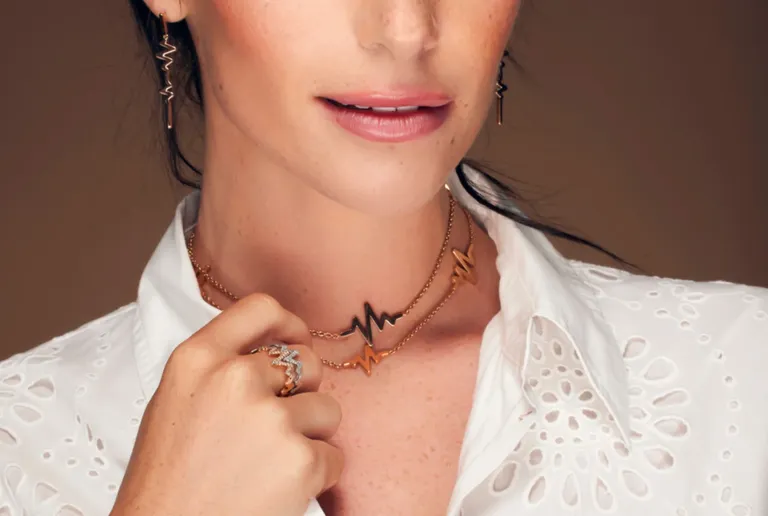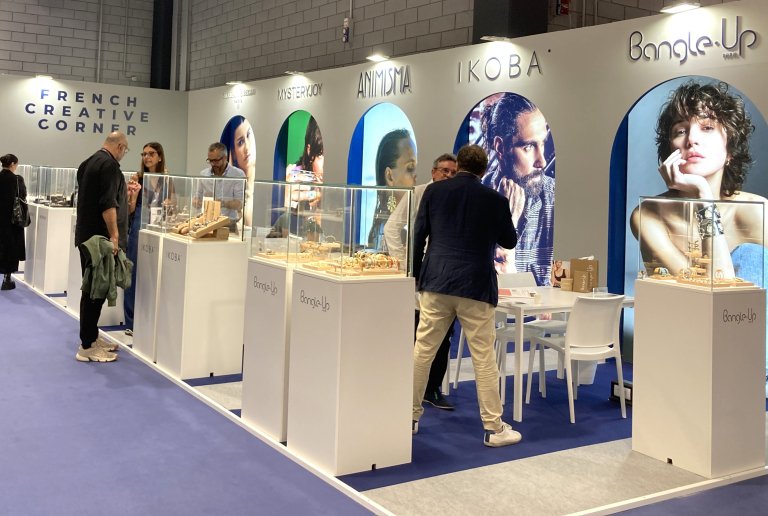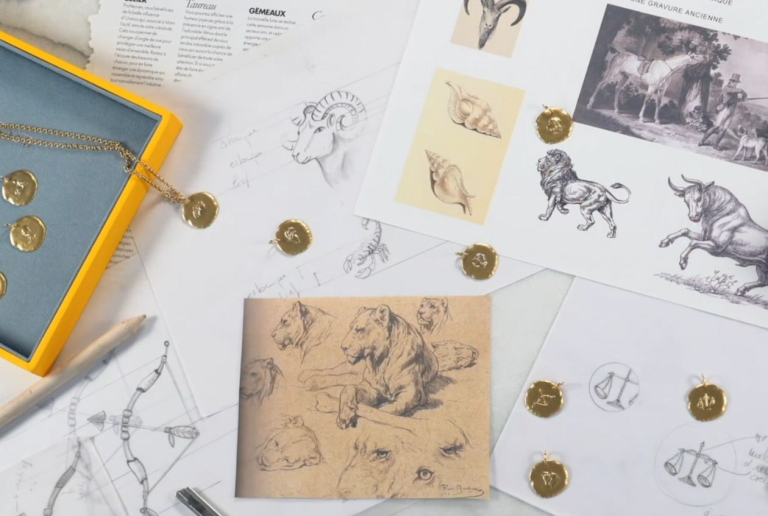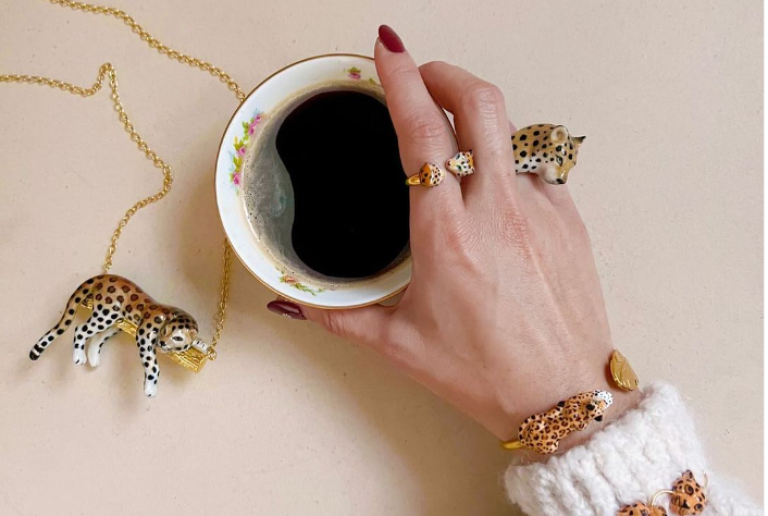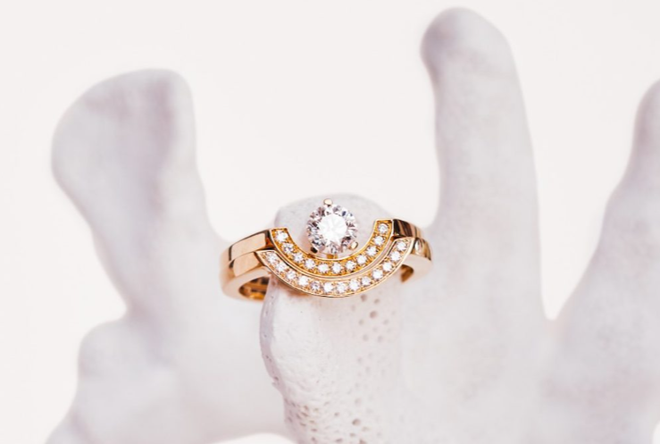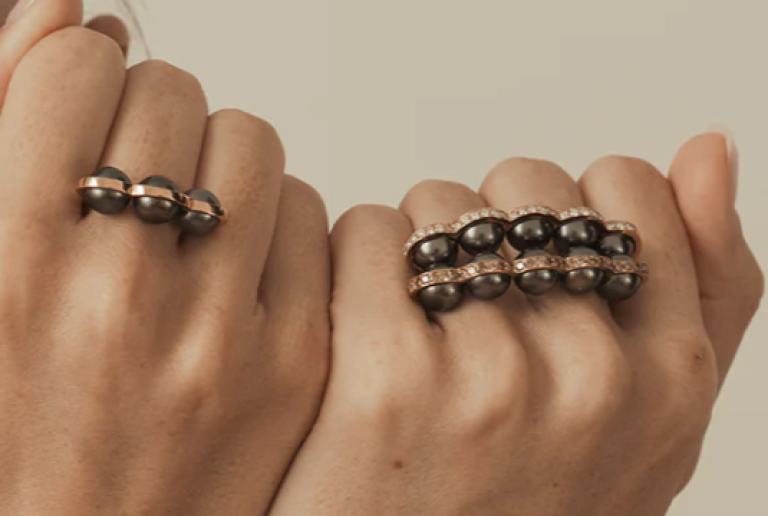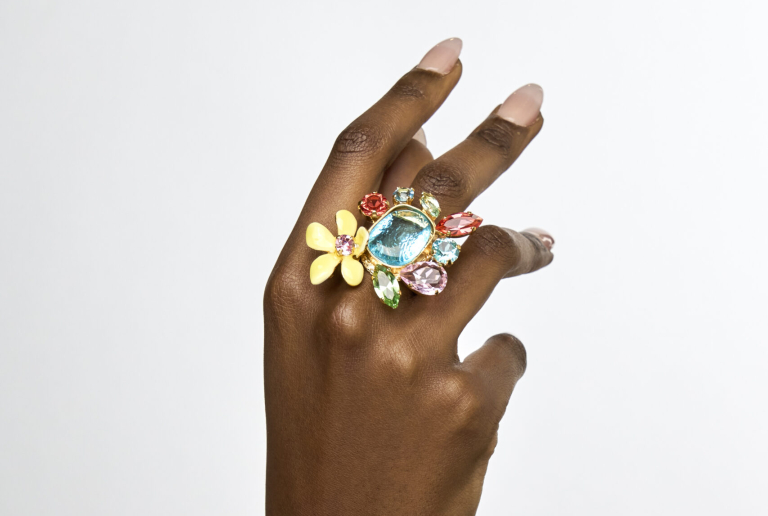Circularity and jewellery: 3 French initiatives
While reinventing existing items is a recent phenomenon in fashion, the jewellery world has been revaluing gold and ancient stones for many years. Some brands, such as Rouvenat, Héloïse & Abélard and Rosa Maïtea, have chosen to talk about their sourcing processes, communicating on circular jewellery and the development of a blockchain. It’s an important commitment by jewellers and involves endlessly recycling gold and giving stones a new lease of life.
Rouvenat: a renaissance for old stones
Rouvenat is “(re)valuing human and natural resources throughout the value chain”. The brand takes a circular approach to sourcing, using raw materials collected from private collections, auction rooms, or other jewellery houses. The collected stones wait patiently to find out what jewellery design will give them new life. Each piece is recorded in a blockchain developed by the brand itself, to guarantee its provenance and value.
The circular nature of the process is even reflected in the brand’s designs, Rouvenat creations are round, like the Rosace medallion dreamed up by Léon Rouvenat himself in the 19th century. For the Bolt necklace, a circle of satin-finish blackened silver is the backdrop for the central flower made of polished silver and a 1.83-carat citrine. A blackened silver tassel topped with an Akoya pearl hangs below the rosette, which is attached to a knitted blackened silver chain. Past and present blend skilfully together in this original tailor-made creation.
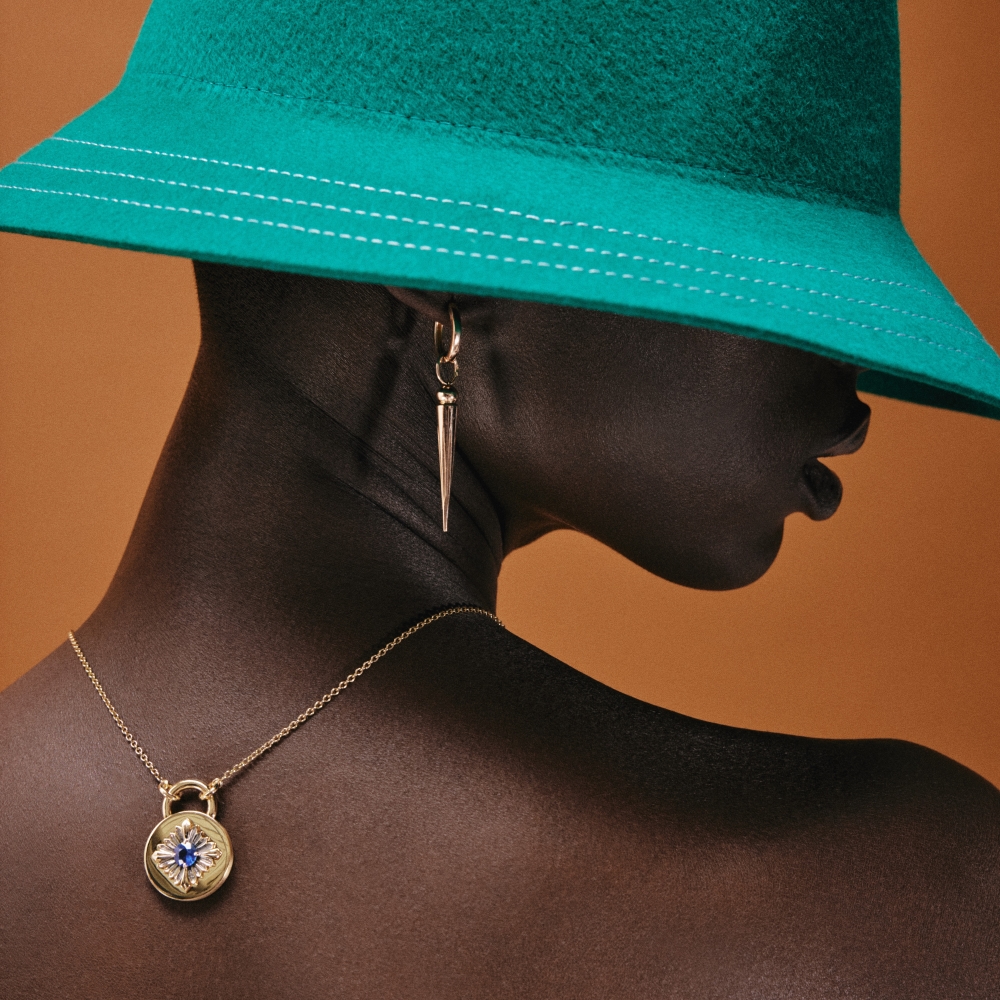
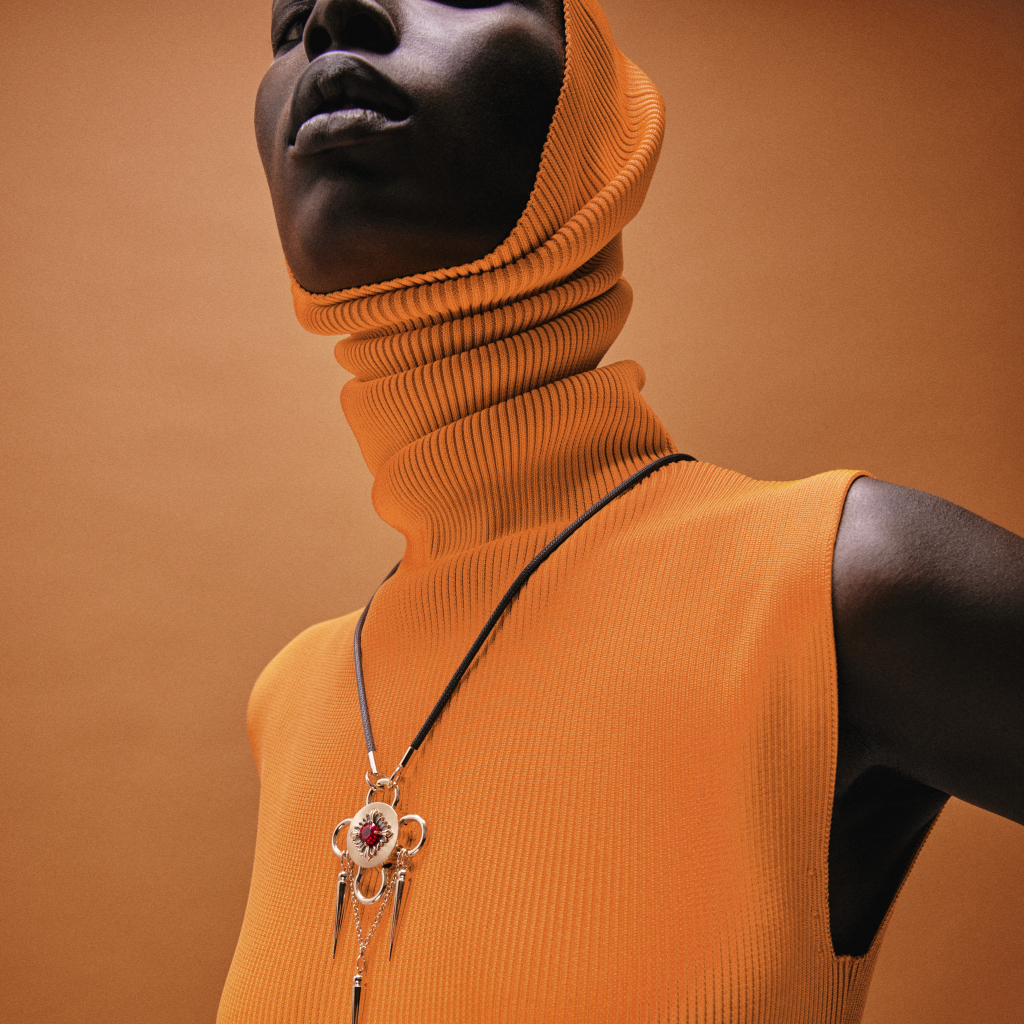
Rosa Maïtea: resource traceability
The jewellery collections at Rosa Maïtea are shining examples of flawless traceability. The brand decided to use second-hand gold and diamond raw materials, as well as fine stones that are 100% traceable, from mine to jeweller. The diamonds come from jewellery pieces collected by their partner workshop. Its creations are therefore tailored to the sizes and shapes of the diamonds.
Designed to be a lucky charm, the Arcoiris band ring is made entirely of traceable gemstones from Tanzania. The ring is made of 750/1000 recycled gold and weighs 6.11 grams. The setting includes 21 diamonds of 0.10 carats, as well as 4 spinels and 4 coloured garnets. This is the new wave of French jewellery in all its glory.

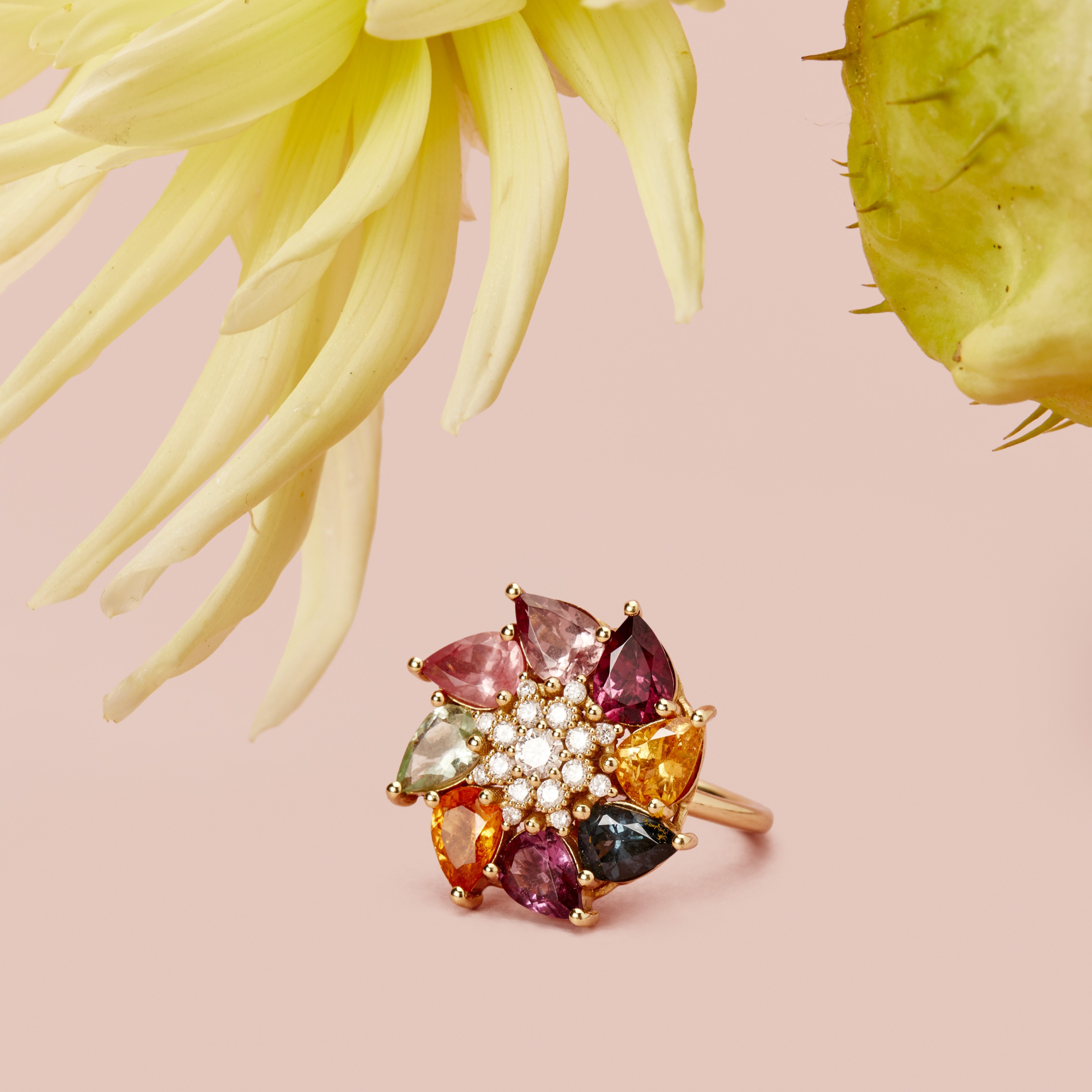
Héloise & Abélard: a quest for antique stones
The focus at Héloïse’s & Abelard is the rarity and uniqueness of carefully sourced stones. The brand has chosen to use recycled 750/1000 gold and mainly diamonds for its creations. With independent jewellers, antique dealers and manufacturing workshops on its books, Héloïse & Abelard has built up a collection of high-quality ethical stones. The jewellery is made to order, so the brand has few storage requirements and can offer its customers unique and tailor-made pieces.
The Céleste earrings, in recycled pink gold, are set with five second-hand brilliant-cut diamonds for a total of 0.20 carats and a 0.06-carat trapeze diamond. They take three to four weeks to produce. The delicate, elegant and sophisticated pieces look great both with everyday wear or for a formal event.
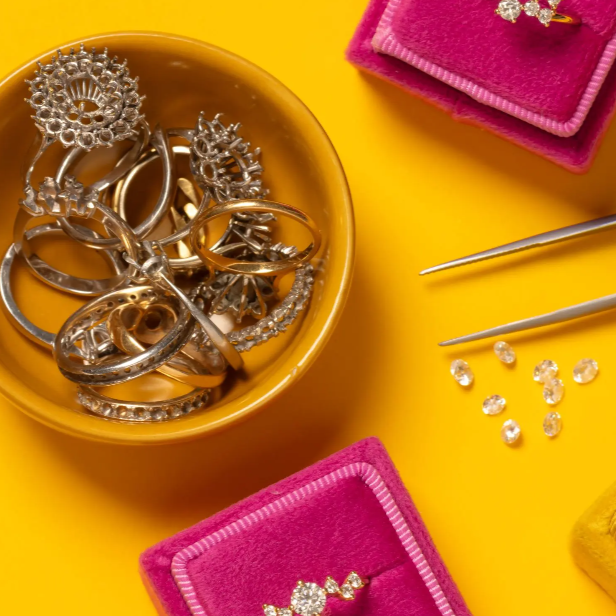

By choosing to communicate on their sourcing processes, jewellery brands are paving the way for better raw-material traceability. They are bringing in revolutionary practices in this new jewellery era; one in which responsibility and environmental impact are to the traditional codes of luxury. Rarity, uniqueness and respect for resources are now central to each creation.
In its aim to accelerate the development of French watchmaking, jewellery and tableware, Francéclat studies and understands markets, drives creativity, stimulates innovation and brings the right people together to boost their international reach.


